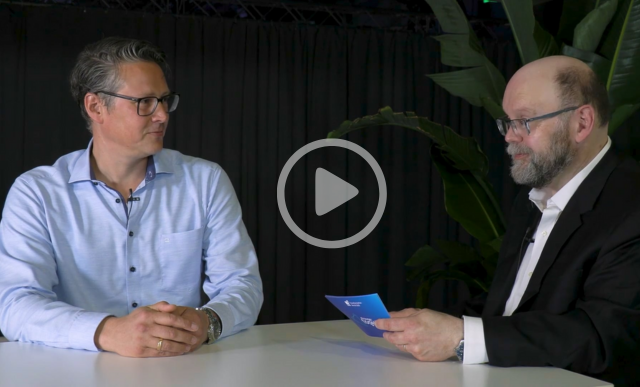How you can monitor your end users’ SAP experience
The experience that end users have with the SAP system can be a major issue for SAP customers. Companies spend good money implementing a business application that can do so much — but if end users have enough trouble using the system, the investment can go sour. This can result from end users trying to work around using the system altogether, or bombarding the IT team with requests for system fixes or explanation for how something works.
SAP Solution Manager with enhancement package 1 has functionality called end-user experience monitoring (EEM) that can help monitor and analyze how end users are using the system. Valton Berisha, co-founder of Corealm, recently wrote an article about this issue called “Configure EEM to Monitor Your End Users’ Application Issues” for Solution Manager Expert.
EEM is fully integrated into SAP Solution Manager and is the only monitoring tool that supports central administration and distributed SAP GUI support, HTTPS support, trace technology, realistic scenario, performance data, availability data, and alerting and monitoring of your productive systems from a client-side perspective. EEM has three main components:
Explore related questions
- Design time: The key business processes to be monitored are identified and recorded using EEM recording tools. Depending on which GUI you have deployed, the recording tools support both Web-based and thick SAP GUI transactions.
- Configuration time: Recorded business translation scripts are taken and distributed in different locations via SAP Solution Manager diagnostic agents (sometimes called robots). The key here is that you record these transactions once and distribute to as many diagnostic agents as you need. In configuration time, the service level agreements (SLAs) are set for the end-user experience scripts as well. If the SLAs are breached, an alert can be sent out to the owners of applications or operation team in charge of supporting these applications.
- Run time: Real-time monitoring of recorded business transactions are executed via diagnostic agents in SAP Solution Manager. Based on how often you want to execute those recorded scripts, the execution of the run time and response time is reported back to EEM dashboards.
Valton goes on to show how to set up and install the EEM application, as well as explain some of its features. He’s in the process of working on a follow-up article about how best to use the EEM functionality.
Solution Manager Expert subscribers can read more by clicking here. If you’re not a subscriber and are interested in learning more, you can learn more about the Solution Manager Expert knowledgebase here.




